The United States Air Force (USAF) picked Rolls-Royce as the supplier for the re-engine program of its Boeing B-52 bombers, surprising many.
The news relates to USAF’s Commercial Engine Replacement Program, or CERP, for the B-52H. The US Air Force today still has 76 of these aircraft. And they’ll keep them for decades to come! The B-52 fleet has undergone multiple upgrades, big and small, over the years. But the newest airframe among them left Boeing’s assembly line in 1962.
More to the point, these aircraft have had the same type of engine all these years. Those Pratt & Whitney TF33 engines have themselves received multiple upgrades. But these upgrades were generally aimed at easing operations and/or maintenance. In terms of efficiency, they are as outdated as their age suggests. The new Rolls-Royce engines should be a dramatic change for the B-52 fleet in this regard.
This development attracts our interest because it questions some assumptions we’ve heard over the past few months. The USAF will soon launch a new air refuelling tanker competition, called ‘KC-Y’. The winner of this competition could well influence developments around airline freighters, as we’ve analysed HERE. And one feature of the competition is that it could lead Airbus and Lockheed to re-engine the A330neo. Or re-re-engine the A330, if you prefer.
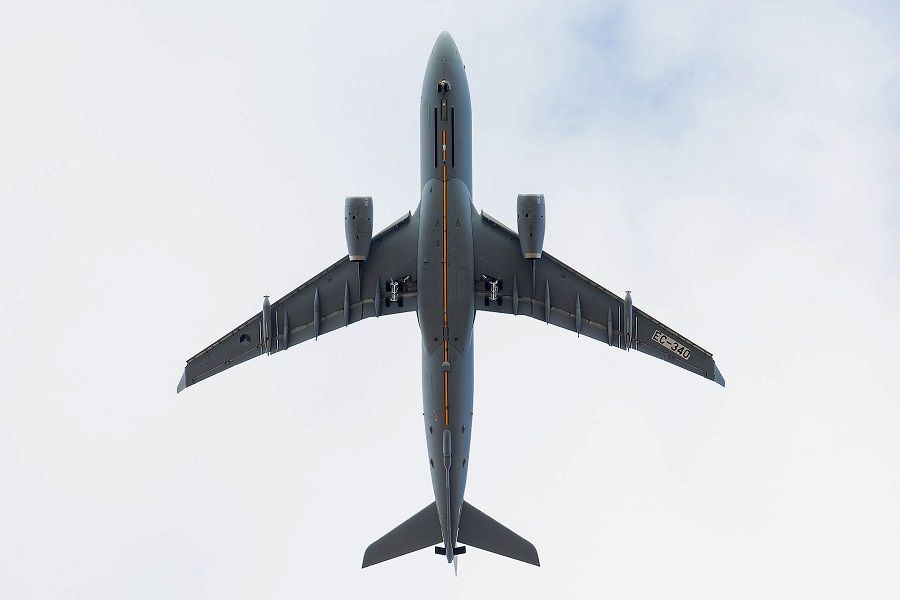
This is because there was an assumption that the engines of the A330neo would be a disadvantage. That’s IF the A330neo (as a new version of the MRTT) features in this competition, which is a big “if”. The maker of these engines is Rolls-Royce, USAF’s CERP winner for the B-52.
B-52 CERP – Rolls-Royce, One Of Three Entrants
The Air Force officially launched the CERP competition in April 2020. The three entrants in the B-52 re-engine competition were Pratt & Whitney (maker of the original engines), General Electric and Rolls-Royce. To many, the British company seemed the outsider. But as is often the case with such competitions, Rolls-Royce participated through its US-based arm, Rolls-Royce North America.
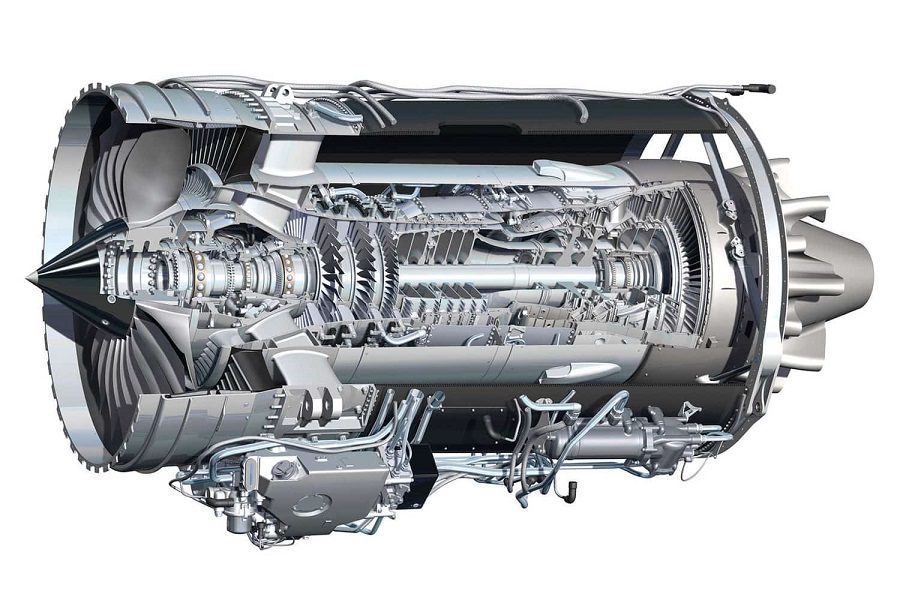
The Rolls-Royce engines for the B-52 have the military designation ‘F130’. This is essentially a militarized BR725. It is the same engine that powers corporate jets like the G500, G550 and the Bombardier Global Express. Other versions of the BR700 engine family power the new Dassault Falcon 10X and even airliners like the Tu-334 and the Boeing 717! P&W and GE also entered the competition with business-jet-category engines.
Also, the B-52 will not be the first USAF jet to wear these Rolls-Royce engines. The Air Force and all other branches of the US military (and Coast Guard) have several dozen C-37As and C-37Bs. These are military versions of the Gulfstream G500 and G550 business jets. They have the same F130/BR725 engine. This engine also powers USAF’s three E-11As, i.e. Bombardier Global Express bizjets, operating as “Battlefield Airborne Communications Nodes” (BACNs).

But with the B-52 re-engine (CERP) program, the number of these Rolls-Royce engines in USAF’s inventory will go up drastically. Each of the 76 aircraft will have eight of them. So the contract will be for 608 F130s. However, the actual number of engines, including spares, will be 650. Rolls-Royce will manufacture all of the engines in its US facility in Indianapolis, Indiana.
Not The First Rolls-Royce Candidate For The B-52
This is far from the first time the USAF has considered a new engine for these jets. And interestingly, it’s not even the first time the B-52 fleet got a recommendation for Rolls-Royce engines. A plan in the 1990s called for replacing the eight TF33s with four RB211s – an engine used on the Boeing 757 and some 747s. Also, a B-52 once tested a TF39-GE engine, for the then-new C-5 Galaxy. That engine had twice the combined thrust of the two engines it replaced!
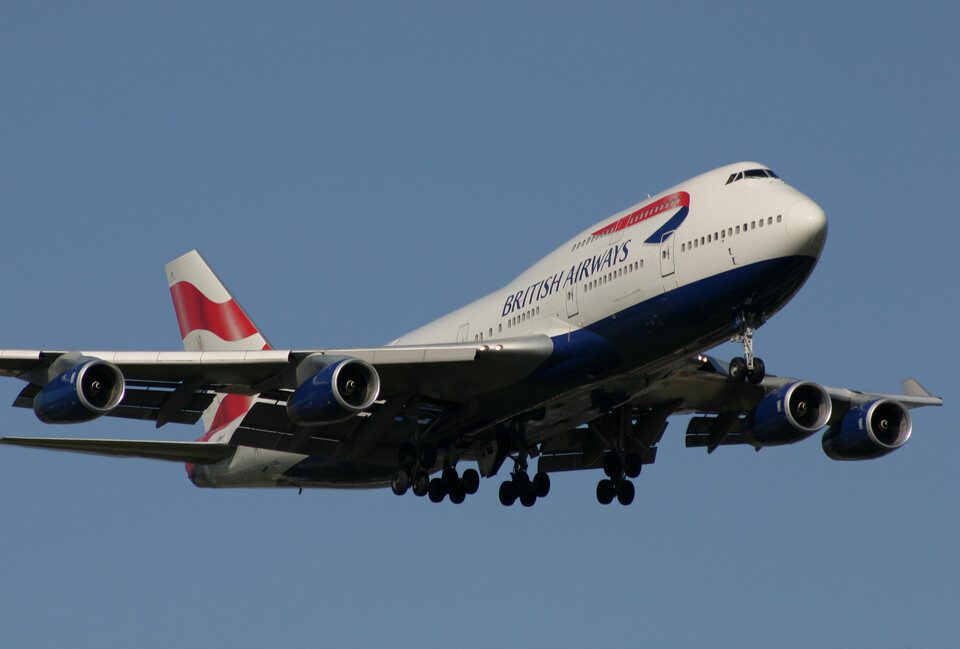
And this leads us to an obvious question. Why is the USAF choosing a business-jet-style engine like this Rolls-Royce F130, for its B-52 fleet? Why not take the opportunity of reducing the engine count to ‘only’ 4? There are a couple of answers to this one. Firstly, the Air Force wants a ready-to-go solution, today. And other than the RB211, which they now deem too old, finding a suitable engine isn’t straightforward.
But the most probable reason for USAF’s choice has to do with the ease of systems’ integration. Each of the eight engines on the aircraft has a number of ancillary electrical, pneumatic and/or hydraulic systems. Re-wiring and ‘re-plumbing’ the plane for four engines would of course be possible. But it would be a far more complicated process than a ‘straight swap’, which is what USAF is after.
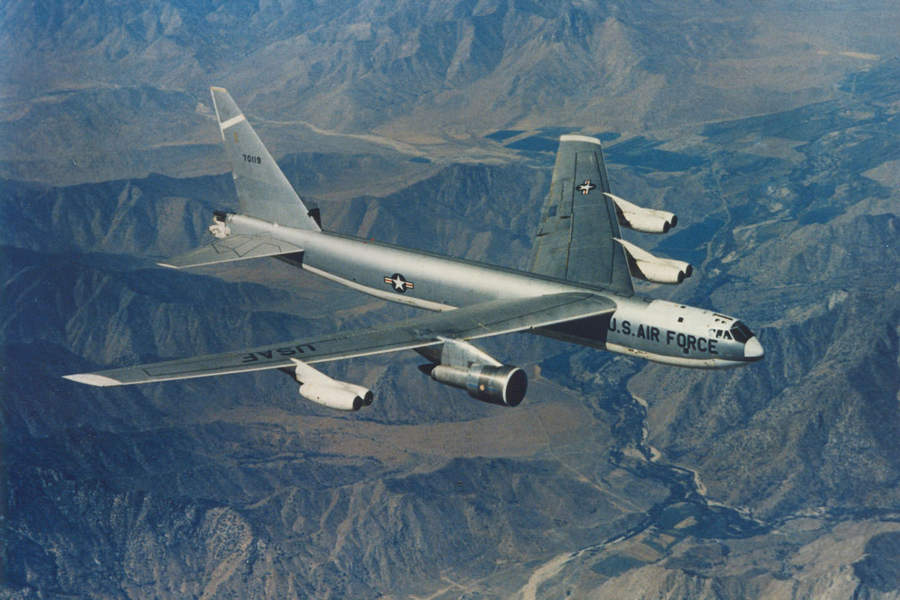
A Night-And-Day Difference
In terms of efficiency, the B-52 will still be far better off with the eight Rolls-Royce engines than before. This isn’t a ‘slight’ on the current P&W engines; the generational gap here is simply too big. USAF is looking for gains of over 40%. But this is the military, so instead of CO2 emissions, the key here is the range and the lower number of aerial refuellings. The B-52 fleet will get more upgrades at the same time, in its avionics and radar. But these will not relate directly to the engine upgrade.
The Rolls-Royce B-52 CERP contract is worth $500.9 million. If USAF exercises all options, it will be worth $2.6 billion. This is still below initial program estimates of as much as $10 billion. However, it doesn’t include integration of the engines. There will be a separate contract for this, going to Boeing, the aircraft manufacturer. Boeing will also integrate the new radar and avionics.
This program is an interesting prelude to the KC-Y tanker competition. Airbus’ ally this time is Lockheed Martin, a military contractor with vast experience – arguably more than Boeing’s. Whether this choice of engines will set the tone, is questionable, however.
It will all depend on whether or not the Air Force will be happy to get the same engines as on the KC-46A, the KC-X winner. If they’d prefer something newer, then perhaps a Rolls-Royce-engined USAF MRTTneo, isn’t as outrageous an idea as it first seems.

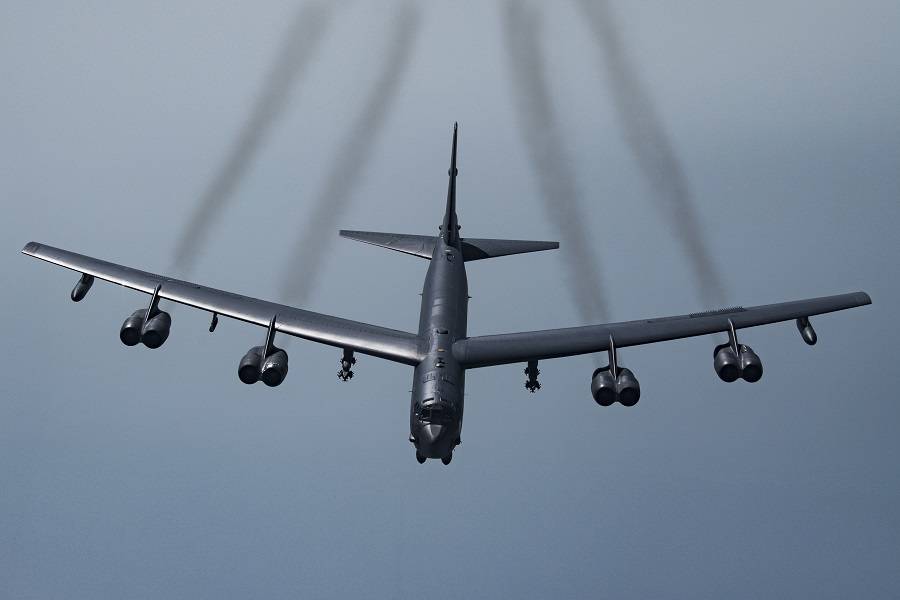




3 comments
Diego Maria Pagnoni
Very interesting!
What was the solution for the KC-135R for this kind of emergencies ?
David Hoffman
The adverse yaw during critical engine failure during takeoff was one big factor in going with 8 smaller engines than 4 bigger engines. The B-52H’s rudder has little capability to adequately couter the failure of a high bypass turbofan in the number 1 or number 4 engine position. It’s not well known outside the military aviation community but the KC-135R reengine program had to deal with a similar problem with the CFM-56s.
The solution to the KC-135R would probably not work for the B-52H due to just how even “weaker” the BUFF’s rudder authority is.
Add in some predicted cowling scraping at engine positions 1 and 4, due to how the B-52H’s wing bends downward, and the 4 high bypass option became even more troubling.
Spyros Georgilidakis
Ah… I should have remembered the possibility of the outer engines scraping. But the rudder authority issue is news to me. The Buff has quite a big rudder, but those outer nacelles do sit quite far away from the fuselage. There is a story about one B-52 test aircraft that stayed in flight after losing its rudder and [most of its] vertical stabilizer. That may be the subject of a future article, though. Thank you for the comment!